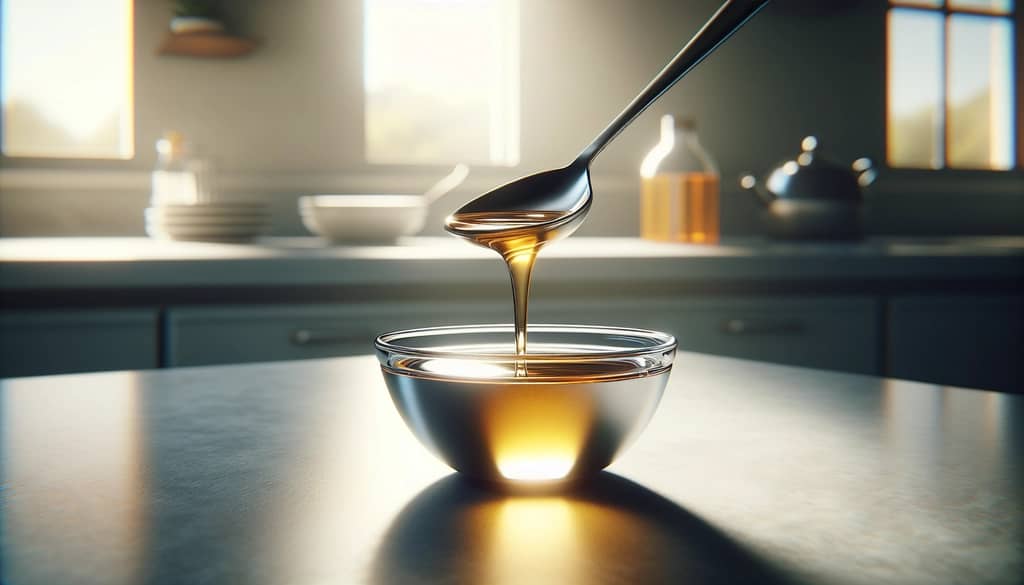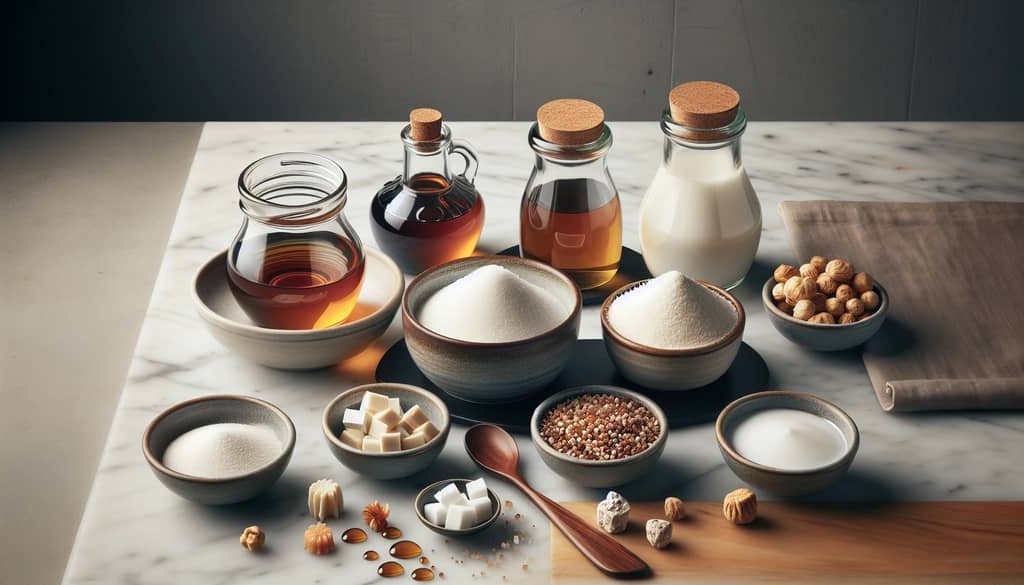Updated on: 6/3/2025
Can I Use Agave Syrup If I Have Diabetes?

Many people living with diabetes look for sweeteners that may be kinder to blood sugar than ordinary table sugar. Agave syrup is often marketed as a low-glycemic alternative, but does that mean it’s actually a safe choice for glucose control?
How Agave Syrup Affects Blood Sugar
Compared to regular sugar, agave syrup has a much lower glycemic index (GI)—a measure of how quickly a food raises blood glucose after you eat it. This is mainly because agave’s primary sugar is fructose, rather than glucose. On the surface, that sounds like a smart swap. But it’s important to look deeper.
- Agave syrup is about 75–90% fructose, much higher than table sugar (sucrose is 50% fructose, 50% glucose).
- Fructose does not raise blood sugar as rapidly as glucose, so agave syrup leads to a smaller immediate spike.
- However, excess fructose puts a strain on the liver and can worsen insulin resistance over time.
- Some research links high fructose intake with increased risks of fatty liver disease and metabolic complications, particularly in people prone to diabetes.
Is Agave Syrup Safe for People With Diabetes?
Despite the lower glycemic impact, agave is still a concentrated source of sugar. The high fructose content may not spike blood sugar in the moment, but it can contribute indirectly to problems that make diabetes harder to manage in the long run.
- Neither agave syrup nor table sugar is ideal for daily use if you’re focused on blood sugar control.
- Natural sweeteners like agave still contribute to overall carbohydrate load and should be factored into your meal plan.
- Small amounts used occasionally are unlikely to cause harm, especially as part of a carefully balanced diet.
- Consult your healthcare provider before introducing new sweeteners or making any significant dietary shift.

Practical Advice When Considering Agave Syrup
- If you decide to try agave, use it in moderation—try no more than 5–10 ml per serving.
- Count every added sweetener toward your total carbohydrate goals for the day.
- Monitor your blood sugar levels to see how you personally react to agave or any new sweetener.
- Explore alternatives: stevia, monk fruit, and erythritol have little to no effect on blood glucose and may be preferable for many with diabetes.

Bottom Line: Talk to Your Doctor First
Agave syrup may seem like a healthy choice thanks to its low glycemic index, but its high fructose content means it’s not an automatic green light for people with diabetes. If you’re considering using agave, make it an occasional treat rather than a daily ingredient, and always consult your healthcare provider to discuss how it fits into your individual diabetes management plan.